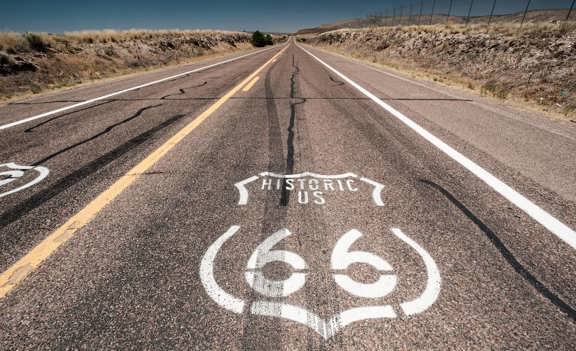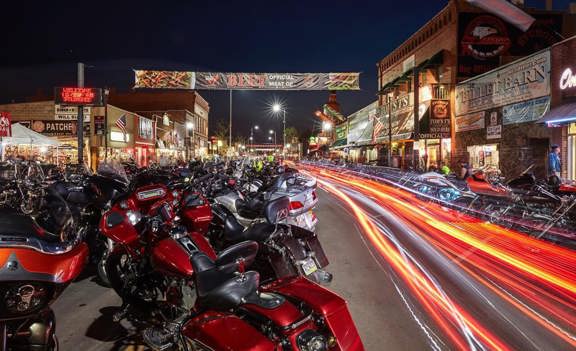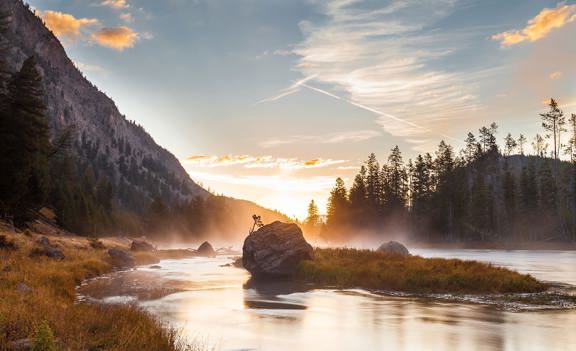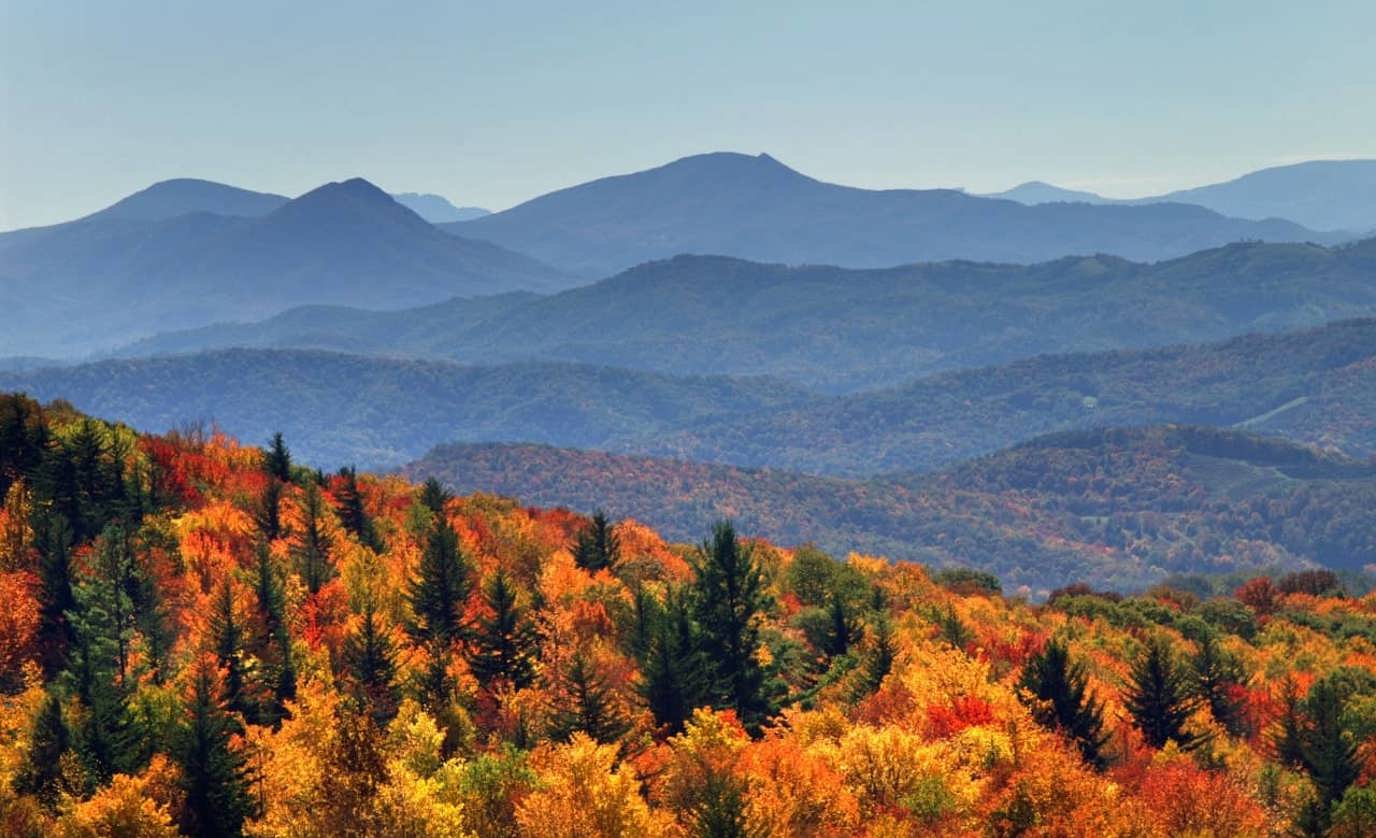
They say Virginia is for lovers, and that is certainly true for lovers of boondocking. While the state is known for densely populated urban areas like Washington D.C. and Richmond, the vast majority of its area is open countryside. It’s also home to Shenandoah National Park, one of the most popular parks in the national parks system.
However, what few realize is just how many free, off-the-grid camping opportunities there are in the Old Dominion State. Get off the beaten path, prepare for self-sufficiency, and save some money to camp in this beautiful state.
Can I Go Boondocking in Virginia?
In a word, absolutely! While Virginia doesn’t have as large of national forests or as many national parks as you might find in some western states, there’s plenty of public land for boondockers to take advantage of. There are loads of wildlife management areas, recreation areas, and wildernesses where you can score a free campsite in Virginia.
Free doesn’t equate to no paperwork, though. Most of these areas require you to fill out a permit application, but it won’t cost you anything. Parks just want to know how many groups are camping in the area each night as a safety precaution. There’s also the issue of how long you can stay, with most of these areas allowing only seven nights within a thirty-night period.
Top Locations for Boondocking in Virginia
The first thing you’ll notice when looking at popular free campsites or a public land map is that most of Virginia’s free sites are located in the west. The Appalachian Mountains are less densely populated and have much more potential for camping. If you want to stick close to the Old Dominion’s coastal cities, you’ll have a more difficult time finding a place to park your rental RV. Let’s take a look at some of the best boondocking locations in Virginia where you can set up camp.
Rapidan Wildlife Management Area
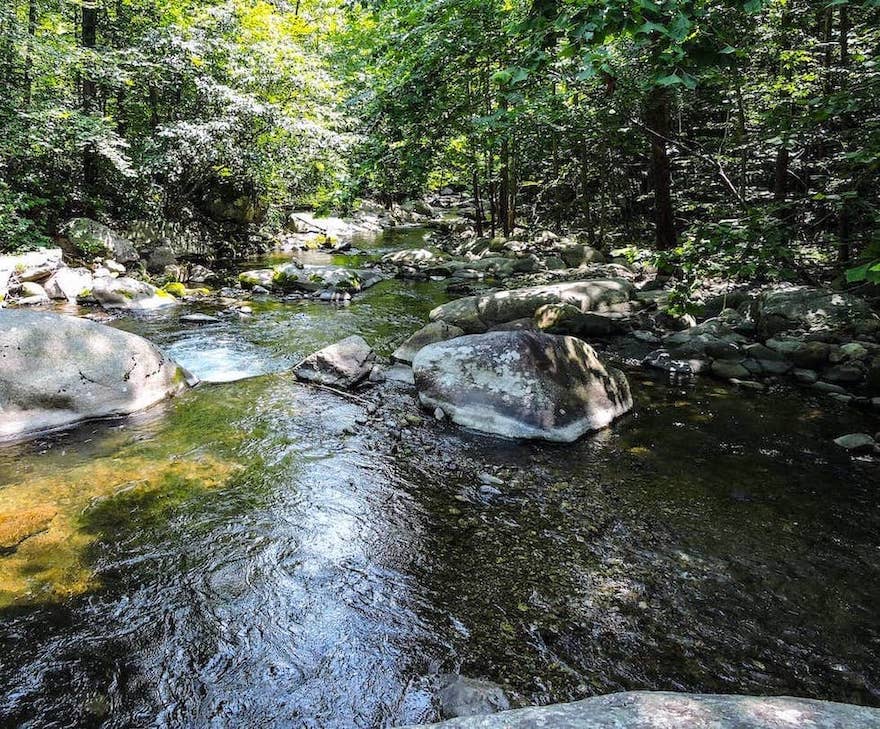 One of the most beautiful forests in the state, the Rapidan WMA consists of over 10,000 acres abutting Shenandoah National Park. To access the WMA, you’ll need a Virginia hunting/fishing license or a wildlife management area pass.
One of the most beautiful forests in the state, the Rapidan WMA consists of over 10,000 acres abutting Shenandoah National Park. To access the WMA, you’ll need a Virginia hunting/fishing license or a wildlife management area pass.
Amenities: Rapidan is considered a primitive camping area, which means there are no amenities like drinking water and toilets. You just pull over onto the side of the road and you have your campsite. It’s recommended that you only travel to the Rapidan WMA with a four-wheel-drive vehicle. The road is simply too rough to reach with a normal passenger car.
Capacity: Dispersed camping, no limit on the number of sites.
More information: Rapidan Wildlife Management Area
Three Ridges Wilderness Area
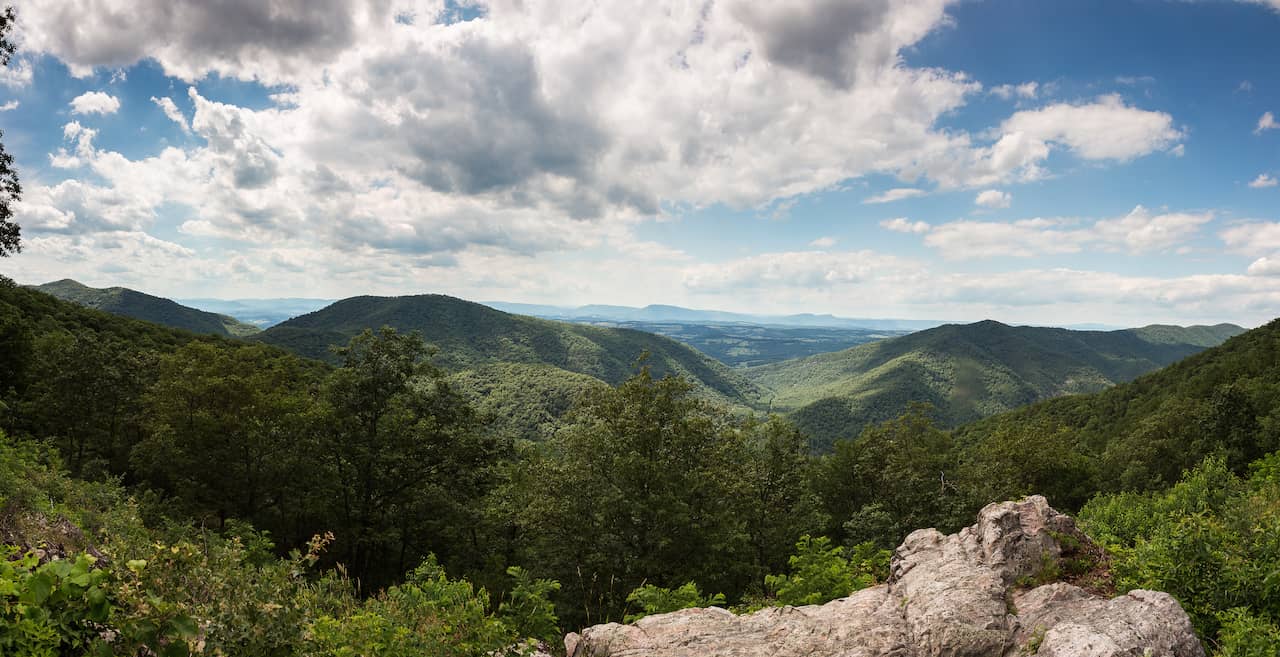 When you really need to get off the grid while boondocking in Virginia, it doesn’t get much better than the Three Ridges Wilderness Area an hour south of Charlottesville. This wilderness is a hiker’s paradise, with terrain ranging from 1,000 feet of elevation to over 4,000. There’s also an eight-mile section of the Appalachian Trail running through the wilderness area.
When you really need to get off the grid while boondocking in Virginia, it doesn’t get much better than the Three Ridges Wilderness Area an hour south of Charlottesville. This wilderness is a hiker’s paradise, with terrain ranging from 1,000 feet of elevation to over 4,000. There’s also an eight-mile section of the Appalachian Trail running through the wilderness area.
Amenities: As this is a wilderness area, there aren’t any amenities offered at the campsite. Dispersed camping is the only option here, and it requires complete self-sufficiency — no drinking water, showers, or toilets here.
Capacity: Dispersed camping, no limit on the number of sites. You can only camp at a location for three days within a thirty-one-day period.
More information: Three Ridges Wilderness Area
Mount Rogers National Recreation Area
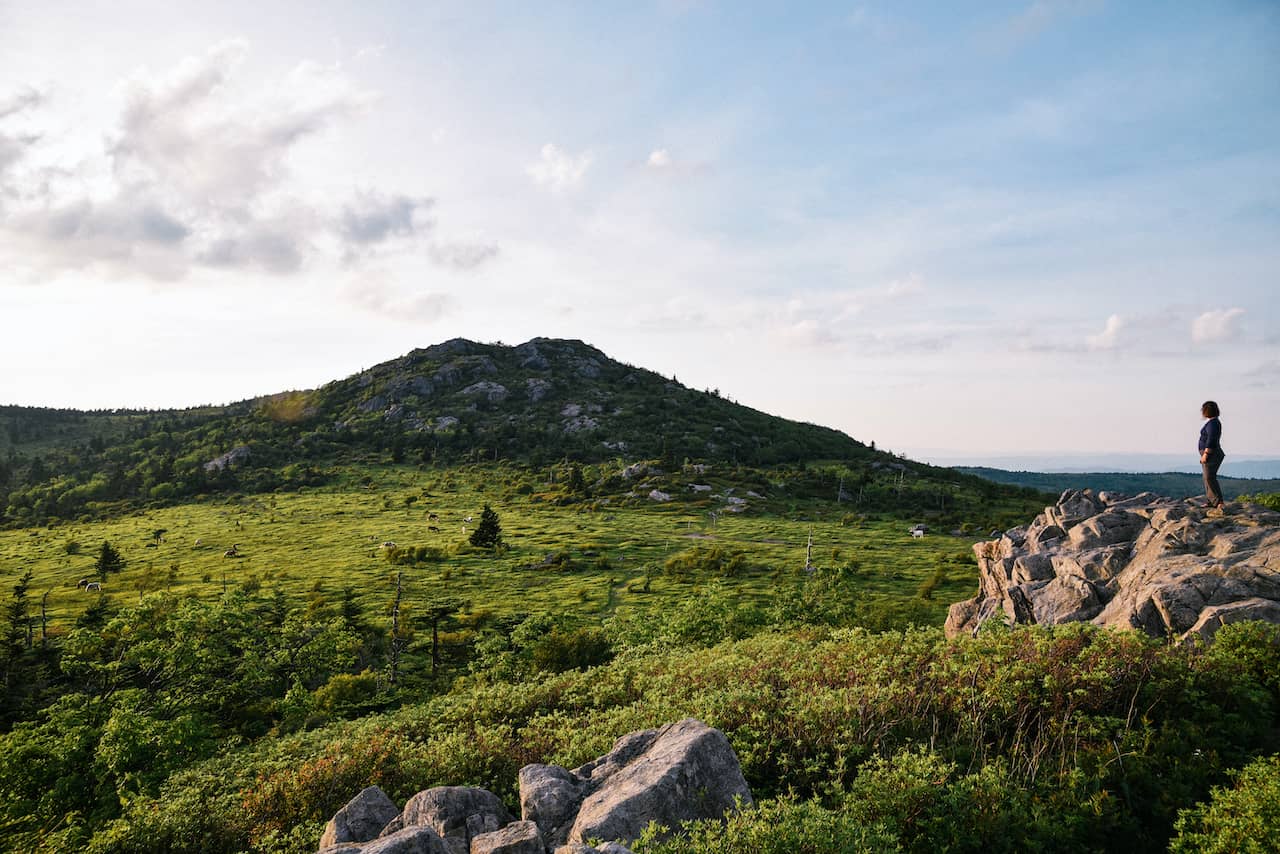 Are you a little worried about boondocking in Virginia for the first time? Mount Rogers is the largest and one of the most developing boondocking areas in the state, with a half dozen campgrounds to choose from. It’s a fascinating place to explore, with over a hundred miles of trail, the highest elevation drive in Virginia (Whitetop Road), and 200,000 acres of pristine forest to enjoy.
Are you a little worried about boondocking in Virginia for the first time? Mount Rogers is the largest and one of the most developing boondocking areas in the state, with a half dozen campgrounds to choose from. It’s a fascinating place to explore, with over a hundred miles of trail, the highest elevation drive in Virginia (Whitetop Road), and 200,000 acres of pristine forest to enjoy.
Amenities: Campsites can be found at Beartree, Grindstone, Hurricane, Raccoon Branch, Stony Fork, Corners Rock, and Raven Cliff. The campgrounds aren’t that developed, though, with most offering just a vault toilet and maybe some picnic tables. Beartree includes drinking water and a dump station, while Grindstone and Raccoon Branch actually have electrical hookups.
Capacity: 238 sites
More information: Mount Rogers National Recreation Area
Chopawamsic Backcountry Area
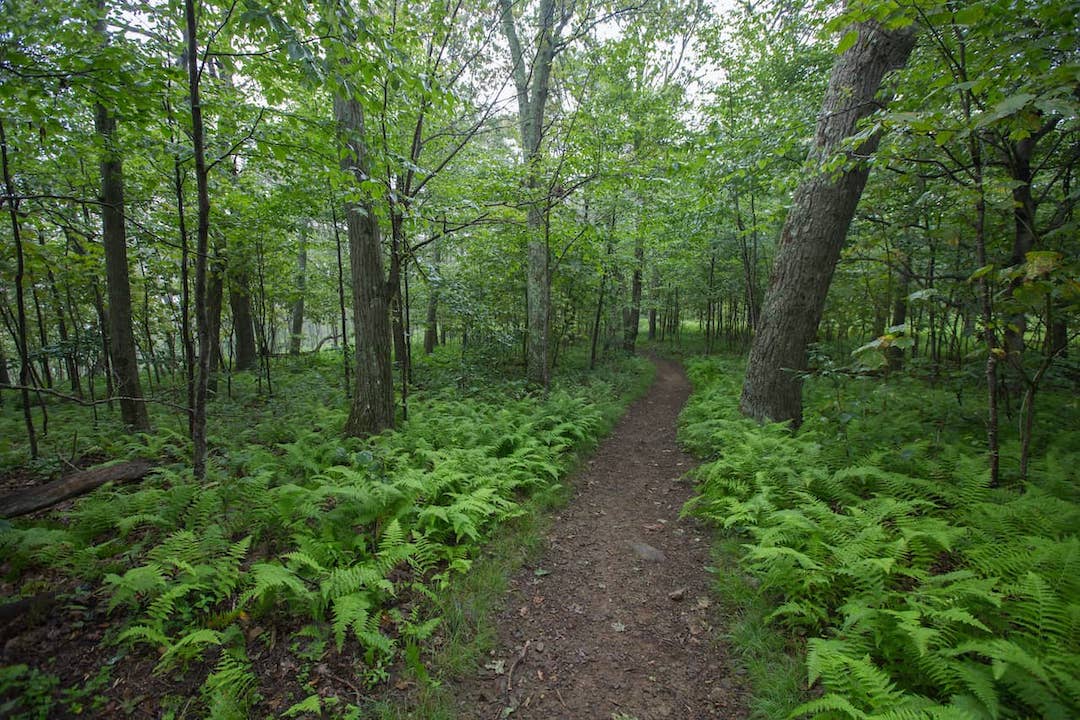 If a visit to the capital is part of your itinerary, a stay at Chopawamsic is perfect as it’s only 45 minutes from the National Mall area. Although the backcountry area encompasses 1,500 acres, there aren’t too many campsites here, so you’ll have plenty of privacy.
If a visit to the capital is part of your itinerary, a stay at Chopawamsic is perfect as it’s only 45 minutes from the National Mall area. Although the backcountry area encompasses 1,500 acres, there aren’t too many campsites here, so you’ll have plenty of privacy.
The main draw is the lack of people and the Breckenridge Reservoir, which is open for fishing but not swimming. You’ll need to stop by the Chopawamsic Visitors Center to fill out some paperwork and pick up your backcountry permit.
Amenities: There are essentially no amenities at the campsite — no drinking water, no toilets, and definitely no dump stations. You are backcountry camping a short distance from your vehicle. Chopawamsic’s campsites are only accessible on foot and are distributed along a two-and-a-half-mile trail from the parking area.
Unlike the other campsites on this list, you cannot sleep in your vehicle here, and your tent must be set up within twenty feet of your designated campsite marker. There are bathrooms in the parking lot, allowing you to relieve yourself before hiking to your tent site.
Capacity: 8 sites. Only four people are allowed to camp at each site.
More information: Chopawamsic Backcountry Area
Amelia Wildlife Management Area
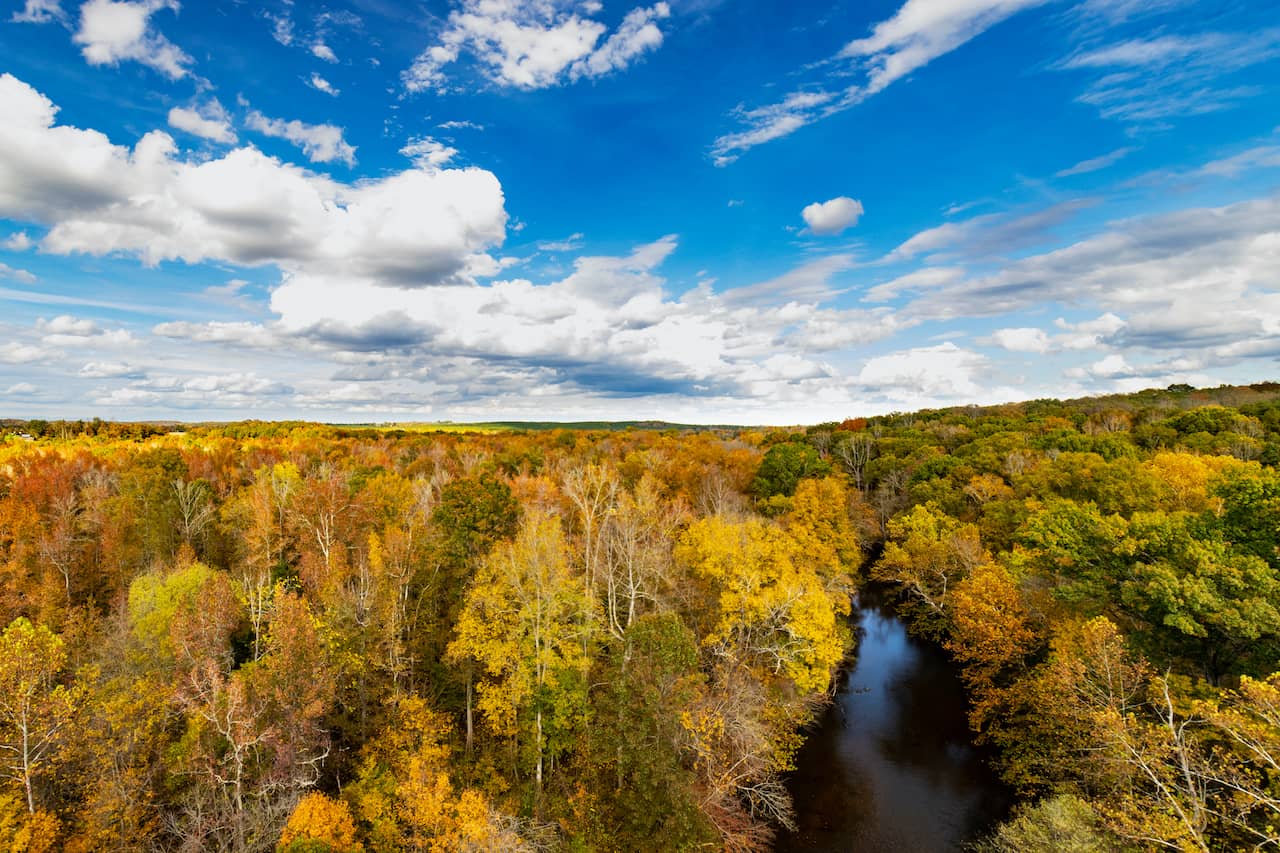 If you were hoping to stay close to Richmond, this is your best bet being just 45 minutes to the east of the city. It certainly doesn’t feel like it, though, with 2,200 acres along the Appomattox River with nothing but the sound of songbirds and jumping fish to break the silence.
If you were hoping to stay close to Richmond, this is your best bet being just 45 minutes to the east of the city. It certainly doesn’t feel like it, though, with 2,200 acres along the Appomattox River with nothing but the sound of songbirds and jumping fish to break the silence.
Its centerpiece is Amelia Lake, which is loaded with largemouth bass, bluegill, and redear sunfish. The area is popular with hunters, with seasons from September 1st through February 28th (except Sundays) and April 1st through May 31st. To access the WMA, you’ll need either a hunting license, fishing license, boat registration, or Restore the Wild permit.
Amenities: You won’t find much in the way of facilities at Amelia, with no toilets, drinking water, or dump stations available to campers. There is a boat ramp and a fishing pier on Amelia Lake along with a rifle range and skeet range that are open to the public from September through March Tuesday through Sunday.
Capacity: Dispersed camping, no limit on the number of sites.
More information: Amelia Wildlife Management Area
Adventure through Virginia with Cruise America
Does driving down Skyline Drive in Shenandoah National Park sound like the perfect fall trip? How about a historical excursion to Monticello and Mount Vernon? You’ll never feel limited with an RV rental at your disposal, perfect for boondocking in Virginia. With a Cruise America RV rental, you don’t need to pick just one part of the state to explore. Carrying your accommodations with you saves money that would otherwise be spent on hotels and eliminates the need to set up camp every night, as would be the case with a tent.
Cruise America has rental locations in both the Richmond and D.C. area, making it even easier to start your Virginia adventure. If you’re ready to set off your next trip, Cruise America has the RV rental to make it happen. Make a reservation today!
